Neurological Basis of Human Empathy
Introduction
Human empathy, a complex psychological phenomenon, is rooted in the neurological processes of the human brain. Empathy is the ability to understand and share the feelings of others, a fundamental aspect of human social interaction. It involves several cognitive processes, including emotion recognition, perspective-taking, and emotional response, which are mediated by specific neural networks in the brain Neural Networks.


Neurological Components of Empathy
Empathy is not a singular process but a combination of multiple cognitive functions, each associated with specific regions and networks within the brain. These include the prefrontal cortex, the anterior cingulate cortex, the insula, and the amygdala, among others.
Prefrontal Cortex
The prefrontal cortex, particularly the ventromedial and orbitofrontal regions, plays a critical role in empathy. These areas are involved in understanding the mental states of others, a process known as Theory of Mind Theory of Mind. Damage to these regions can lead to impairments in empathic understanding and social cognition.
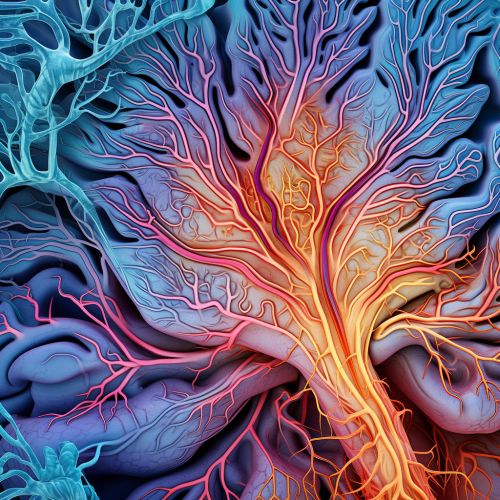
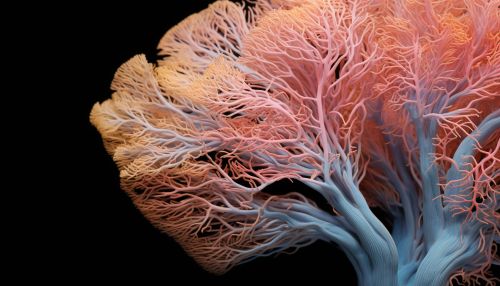
Anterior Cingulate Cortex
The anterior cingulate cortex (ACC) is involved in the emotional aspect of empathy. It is activated when individuals perceive others in distress, reflecting an emotional response to the observed suffering. The ACC is also implicated in the experience of 'empathic pain', where individuals feel discomfort upon witnessing others in pain.
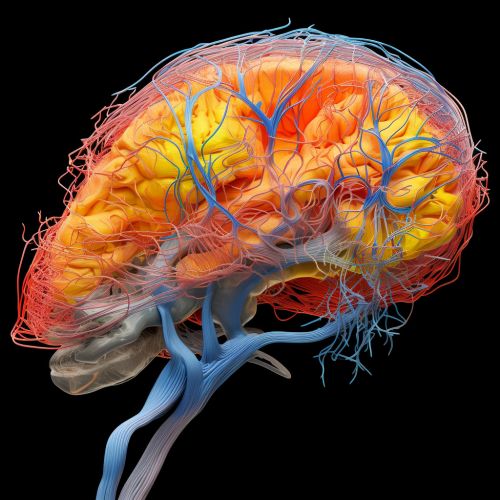
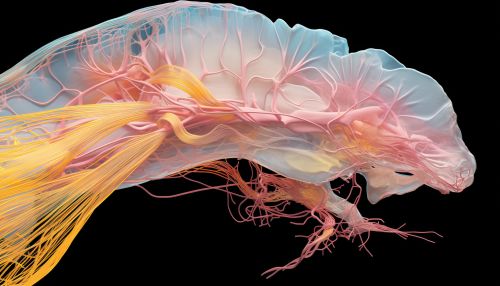
Insula
The insula, or insular cortex, contributes to empathy by integrating sensory information with emotional states. It is particularly involved in the recognition of disgust in others, a crucial aspect of empathic understanding. The insula also plays a role in the subjective experience of emotion, linking sensory information with personal emotional responses.
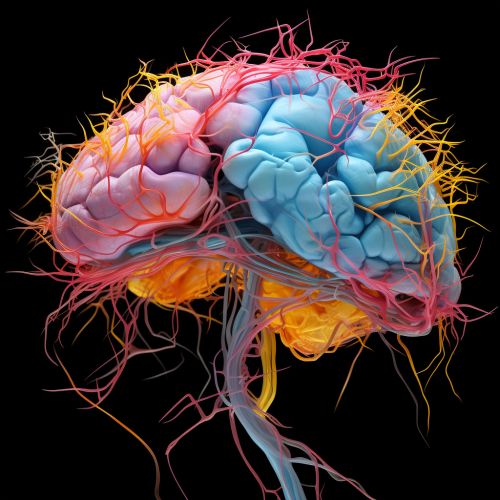
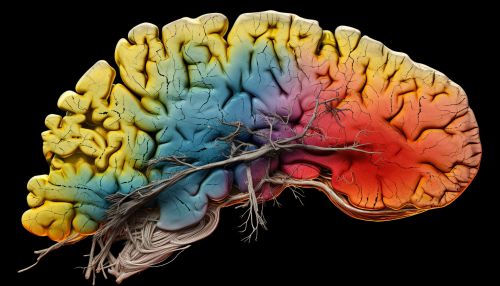
Amygdala
The amygdala, a key structure in the limbic system, is involved in the emotional processing of empathy. It is particularly important for the recognition of fear in others, a critical aspect of empathic response. Damage to the amygdala can result in impairments in fear recognition and a reduced ability to respond empathically to others' fear.

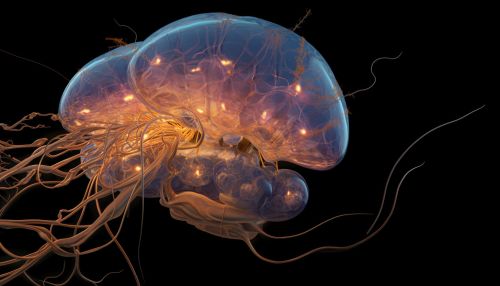
Neural Networks Involved in Empathy
Empathy involves the interaction of multiple brain regions, forming several distinct but interconnected neural networks. These include the mirror neuron system, the mentalizing network, and the empathy for pain network.
Mirror Neuron System
The mirror neuron system (MNS) is a network of brain regions that is activated both when an individual performs an action and when they observe the same action performed by others. This 'mirroring' of action observation and execution is thought to underlie the ability to understand and empathize with others' actions and emotions.
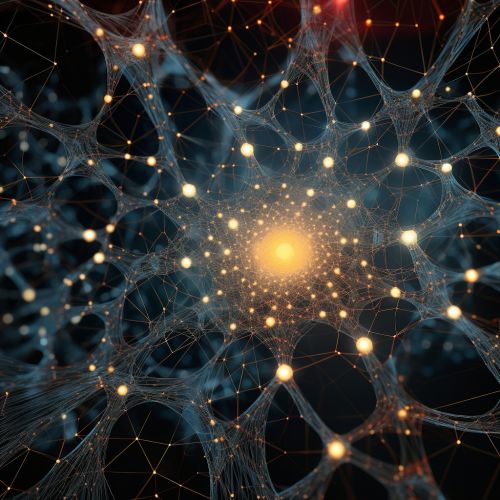

Mentalizing Network
The mentalizing network, also known as the 'theory of mind' network, is involved in understanding others' mental states. It includes regions such as the medial prefrontal cortex, the temporoparietal junction, and the posterior cingulate cortex, among others.
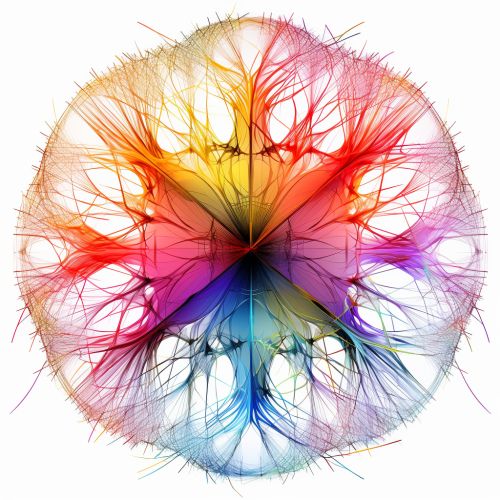
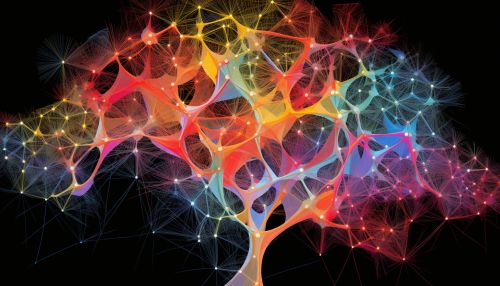
Empathy for Pain Network
The empathy for pain network is activated when individuals observe others in pain. It includes regions such as the anterior cingulate cortex and the insula, reflecting the emotional and sensory aspects of empathic pain, respectively.
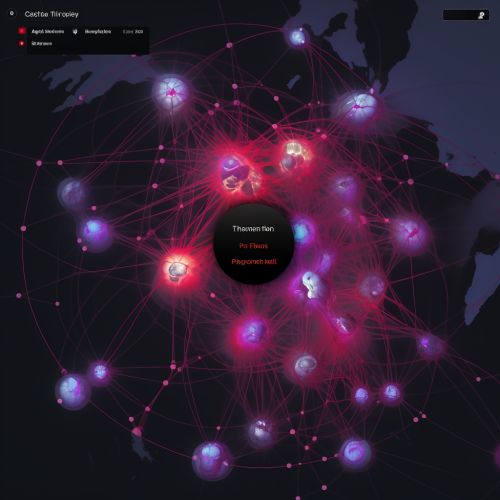
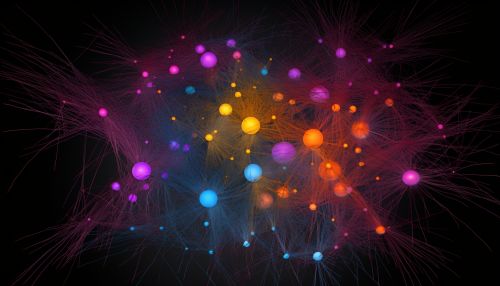
Conclusion
The neurological basis of human empathy is a complex and multifaceted subject, involving multiple brain regions and networks. Understanding these neural underpinnings can provide valuable insights into the nature of empathy, its role in social interaction, and its potential dysfunctions in various psychiatric and neurological disorders.
